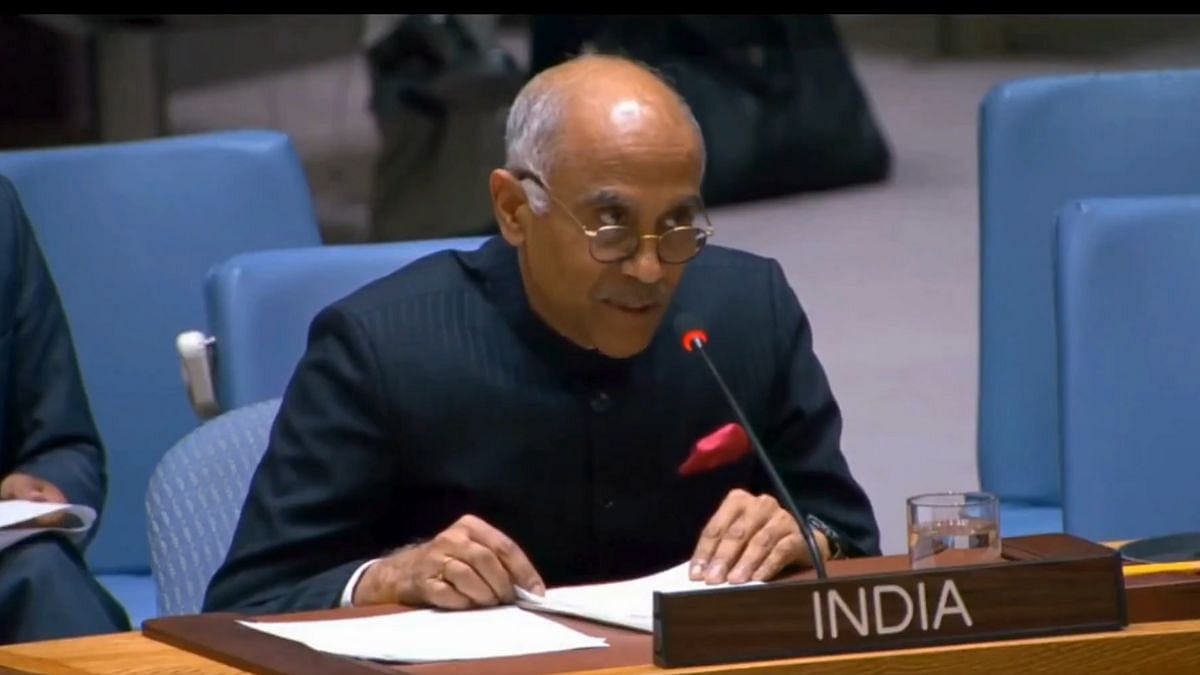The optics were magnificent. The fastest animal on earth, which was declared extinct in India over 70 years ago, being brought from another continent and introduced to an Indian habitat by the Prime Minister himself as part of the world’s largest conservation/translocation project was indeed a moment worthy to be recorded for posterity. Many conservationists and wildlife experts are, however, sceptical of the viability of Project Cheetah, an ambitious programme conceived by the previous UPA government in 2009 but stalled for over a decade by a Supreme Court veto. It was only in 2020 that the top court gave the go-ahead for the project as an experimental exercise on condition that it would be relocated or discontinued if found unsuitable. The last cheetah in India was reportedly hunted down in 1948 but the animal was officially declared extinct in 1952. The Asiatic cheetah is a sub-species that is in the critically endangered list, and currently only a dozen or so of the animals exist in the wild in Iran. Therefore, it was decided to translocate African cheetahs to the Kuno national park in Madhya Pradesh, given that there are very few genetic differences between the African and Asiatic cheetahs. The eight cheetahs that were brought to India from Namibia and released in Kuno on 17 September, on Prime Minister Narendra Modi’s 72nd birthday, have a long and complicated road ahead as they adjust to the climactic, geographical and dietary differences from their natural habitat in Africa.
The Environment Ministry’s contention that the cheetah’s introduction would revive the grassland ecosystem seems to be a flawed one as populations of critically endangered species like the Great Indian Bustard, lesser Florican and Indian wolf are in steady decline because of diminishing grassland habitats. The 20-odd cheetahs that are expected to populate Kuno in a few years can hardly prove beneficial for grassland revival all over the country as they will be restricted to Madhya Pradesh. The focus on imported species at the cost of indigenous wildlife is misplaced and indicative of the skewed priorities of the government’s ecological policies. The cheetah project, which is likely to take a good 15 or 20 years to stabilise, will further delay the translocation of Gir lions from Gujarat to Kuno-Palpur as mandated by the Supreme Court. In fact, Kuno was initially prepared as a protected area for the Gir lions. It is indeed ironic that a Supreme Court order of 2013 is yet to be implemented while the apex court’s order of 2020 on cheetahs has been acted on with alacrity within two years, and would have been completed even earlier but for the COVID-19 pandemic and its after-effects. There are only about 525 Asiatic lions left in Gir, their last remaining natural habitat, and a serious epidemic or natural calamity could wipe out the entire population. African cheetahs in the wild, on the other hand, number about 7000. Logically, therefore, the translocation of the Gir lions should have been given priority.
The Prime Minster exhorted people to treat the cheetahs as honoured guests but there are serious apprehensions that the fleet-footed mammal will find it difficult to survive in the Indian habitat, given that they are vulnerable to attacks by leopards, hyenas and wild dogs. Even in Africa, cheetah cubs have only a 36% chance of survival as they fall prey to attacks by other big cats. The Kuno national park has an area of about 750 sq km and on an average a cheetah requires about 100 sq km which means Kuno can sustain only 7 to 8 cheetahs, but the plan is to import another dozen or so from South Africa. If the cheetahs stray from their forest habitat to the peripheries, there is also the distinct possibility of human-animal conflict arising, making the big cat vulnerable. A combination of hunting, habitat loss and food scarcity led to their extinction from India in the first place. It is, therefore, incumbent on the forest authorities to safeguard them, but Indian veterinarians and wildlife experts have little hands on experience in dealing with cheetahs. Being the fastest mammal on earth they are difficult to tranquillise or capture. They are known to travel more than 1000 sq km a year but with the crippling loss of Indian grasslands, cheetahs will find it difficult to survive once they are returned to the wild after an initial period of quarantine till they adjust to their new surroundings. There is, however, another school of thought that points to the adaptability of the cheetah. These experts’ contention is that the translocation of cheetahs will give a huge momentum to the conservation of rare species and wildlife-related issues in India. Public awareness will go a long way in protecting India’s rich biodiversity and a beginning has been made with the ‘cheetah mitra’ initiative of the government. A lot is riding on the success of the cheetah project; their immediate survival is the first step in a long journey ahead.









